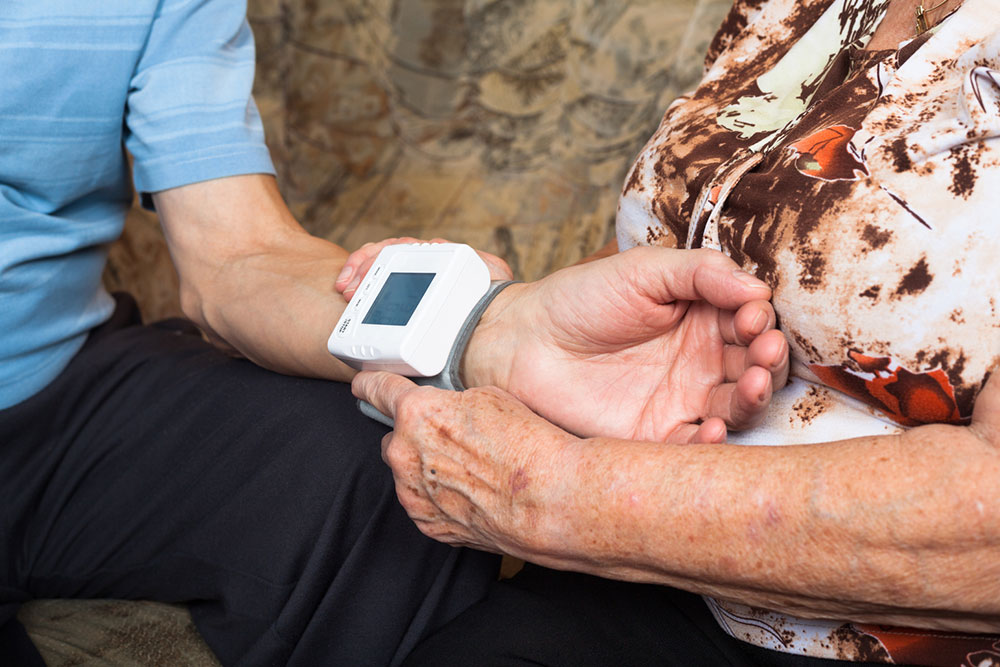7 mistakes to avoid while buying wearable medical devices

The health and wellness industry continues to see technological advancements that help professionals offer personalized care with the help of round-the-clock health monitoring. This is where wearable medical devices come in. Devices such as smartwatches can keep track of personal health data, including body temperature, blood pressure, and heart rate, and sometimes detect health risks. However, to make the most of wearable healthcare tech, it is important to choose the right device.
1. Not identifying health needs
Before buying a wearable device to monitor health, one must determine their precise needs. For instance, one may require a wearable device that could monitor their heart rate, oxygen levels, and blood pressure. However, some smartwatches might not track all kinds of health data. So, one must ensure that the wearable device they are considering offers the features one needs.
2. Choosing price over quality
Today, one may come across all kinds of wearable health-tracking devices at varying price points. They may also be tempted to buy a cheaper device that seems to offer certain key features one expects in a wearable medical device. However, one should note that cheap wearables might not meet the required safety and performance standards, which may make them unable to track health data accurately. Also, cheap wearables might be made using inferior quality materials, speeding up the wear and tear of the device. Prioritizing quality when choosing such a gadget can help one get a durable device that offers accurate data.
3. Overspending
Although going with a cheap product might be a mistake, choosing a device just because it is expensive is also an error one must avoid. Getting the most expensive wearable device without enough research can cause one to overspend and bring home something that they do not need. One should first examine the features a wearable device offers. Then, one must see if most of the device’s features seem unnecessary, then maybe it is not the right device. For instance, for basic health data tracking, one may not need a color screen, speaker, or calling features in their wearable device. So, they could save money by picking a more affordable option that does the job. The goal should be to get a value-for-money device.
4. Ignoring battery life
Wearable health-tracking devices run on a rechargeable battery, so they will eventually run out of power and have to be charged to be used again. This is why it is important to consider the battery life of a wearable. Ignoring this key aspect could lead to buyer’s remorse. Also, choosing a device with a long battery life should be a higher priority for those who travel a lot rather than those who don’t, considering the former would frequently have access to a charging point. Certain premium devices can last 45 days on a single charge, while other, more cost-effective options may last less than a week on a single charge.
5. Neglecting comfort
If one buys a wearable device that is not comfortable, then they might wear it less than they should. This would make them unable to consistently track health data. So, not testing the device for comfort is a mistake to avoid. To avoid this, one should try wearing the medical device for 15 to 20 minutes and looking for redness, irritation, allergic reactions, or any discomfort before making a purchase.
6. Not considering device compatibility
A wearable gadget that is compatible with most of the devices one currently uses can help one seamlessly access health data on the device of their choice and avoid losing valuable information if the wearable malfunctions. However, one may overlook device compatibility and end up buying a device that does not sync with their phone or computer. So, one should choose a device that can easily connect to their existing devices.
7. Overlooking ease of use
While a smart wearable device might come with all the necessary features and advanced data tracking tech, it might be too complicated to use. Things like a cluttered display or slow interface can make it difficult for one to get the most out of the device. These things also make accessing healthcare data quite time-consuming. So, it is important to assess the device by testing it in person before making a purchase decision. Key things to look for are a clean and intuitive interface and easy-to-navigate menu.

